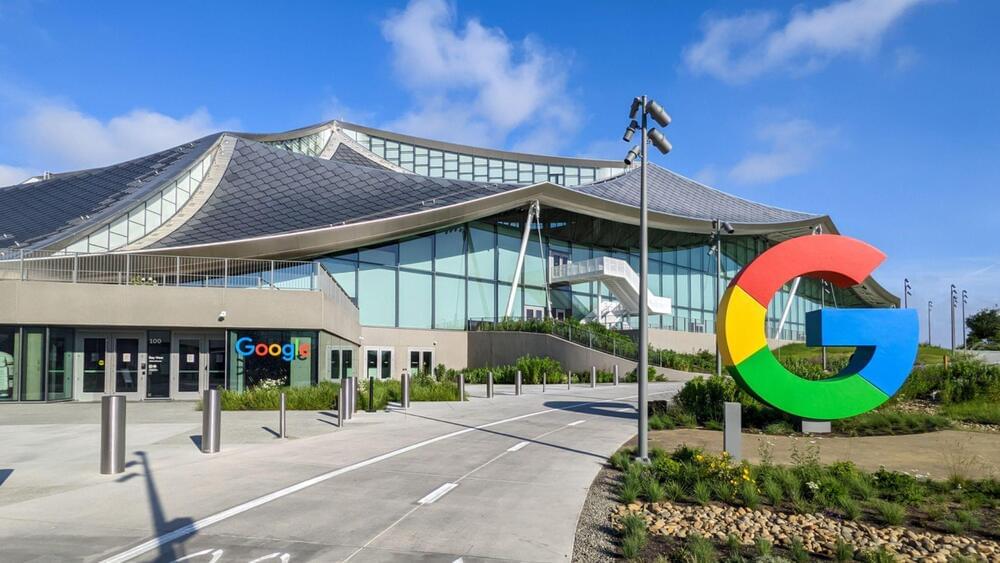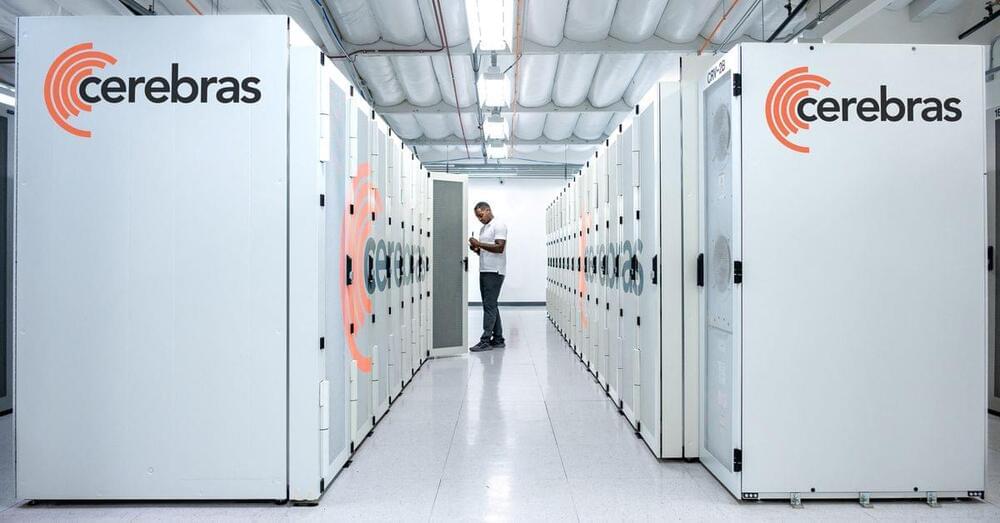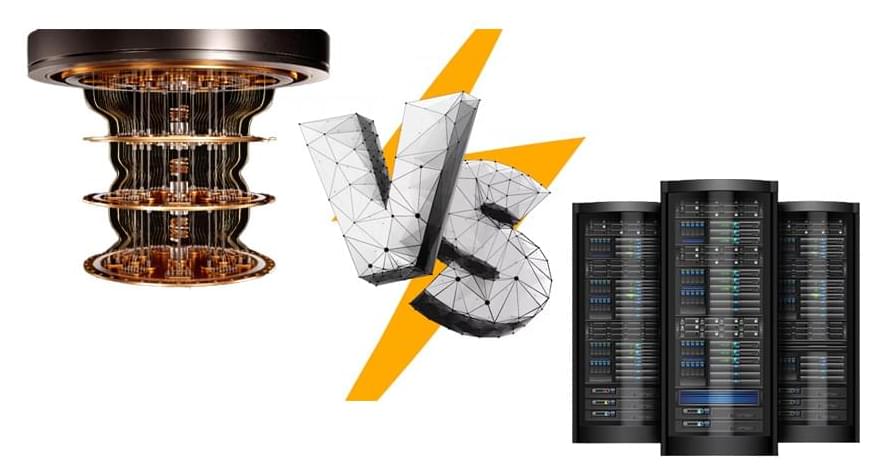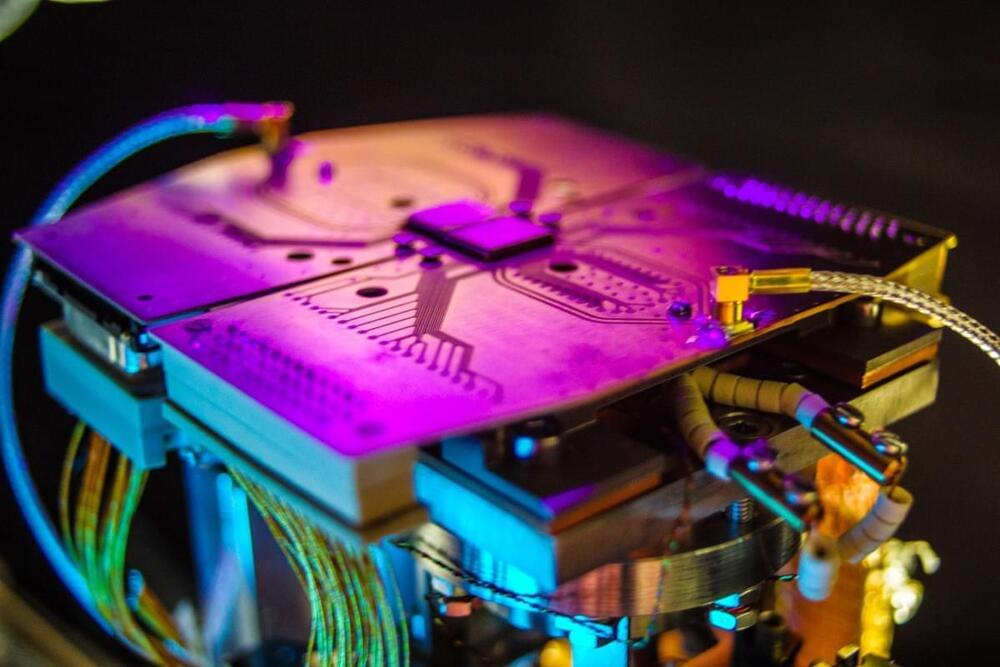Apr 12, 2023
Science Fiction Is Influencing How We Conduct War And We Might Not Like The Results
Posted by Jose Ruben Rodriguez Fuentes in categories: internet, robotics/AI, supercomputing
From high-tech fighting machines to supercomputers and killer robots, science fiction has a lot to say about war. You might be surprised to learn that some governments (including the UK and France) are now turning their attention to these fantastical stories as a way to think about possible futures and try and ward off any potential threats.
For many years now, science fiction writers have made prophesies about futuristic technologies that have later become a reality. In 1964, Arthur C. Clarke famously predicted the internet. And in 1983, Isaac Asimov predicted that modern life would become impossible without computers.

















